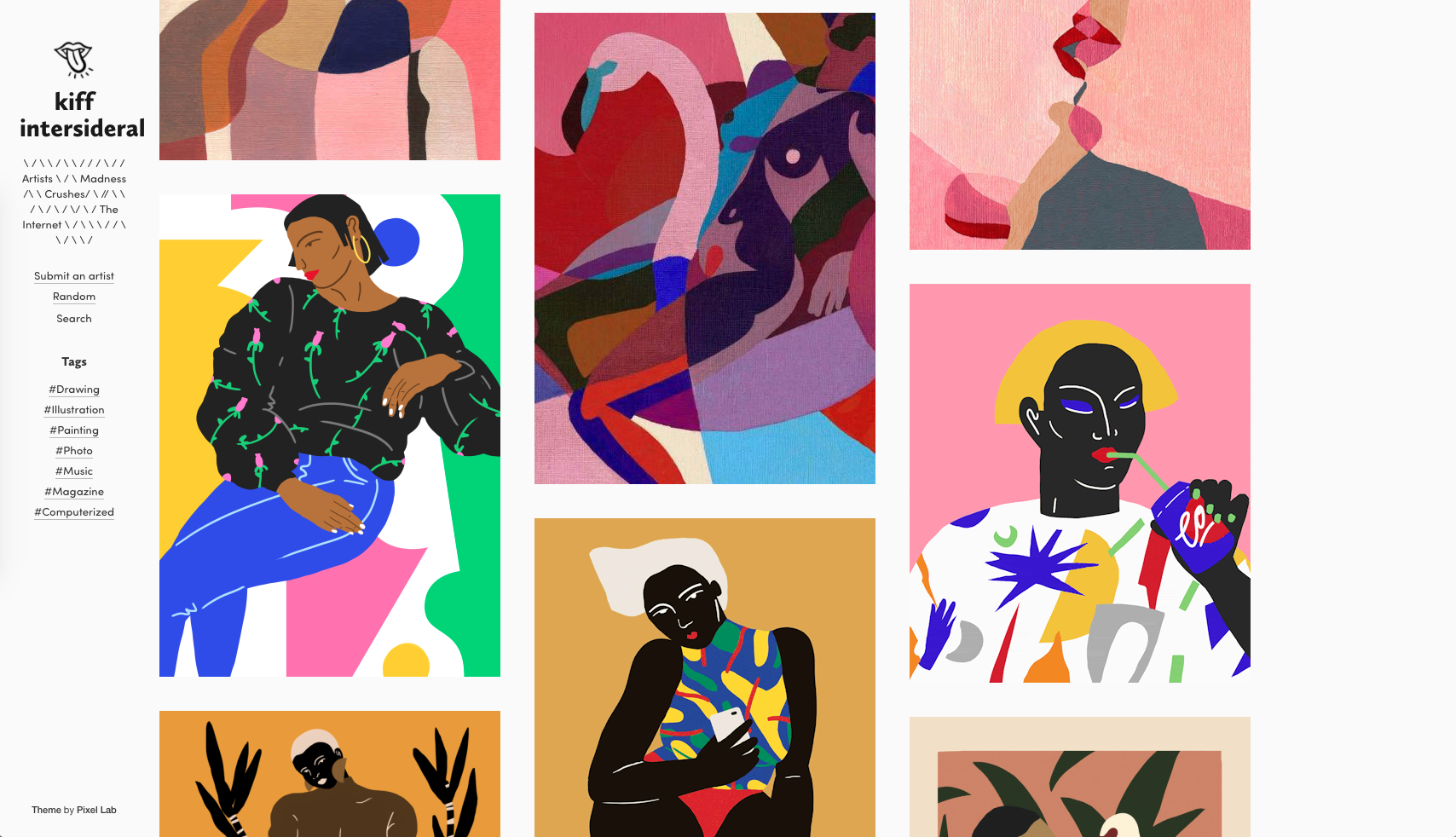Agent Smith: Do we have a deal, Mr. Reagan. Cypher: You know, I know this steak doesn't exist.
I know that when I put it in my mouth, the Matrix is telling my brain that it is juicy and delicious. — Matrix 1999
A reminder that what we think we eat might not be what we actually eat.
Adobe Creative Residency
Talkative Food Interactions
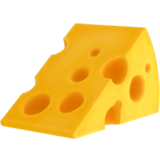
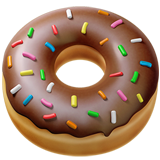
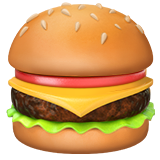

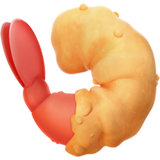
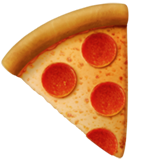
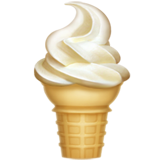
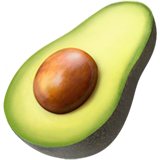
ABOUT
Talkative Food Interactions is a hardware Food project in the format of Interactive Art Installations submitted as an application for Adobe Creative Residency 2018.
Applying my Interaction Design skills to the Web for the last years, this project aims at raising awareness about the food we have on our plates.
What if the food we eat says something about where it comes from, how it has been processed, how it has been manipulated, how it's agriculture is impacting the world we live in? How is our brain influenced by our senses when it comes to food?
GOAL
Using my interest in hardware and food, I want to foster critical thinking and give a voice to the food we have on our plate. The ultimate goal of this project is to raise awareness and empower people to vote with their fork and have informed decisions about their consumption.
BUILDING OFF FROM PREVIOUS WORK
Already working as an Interaction Designer for web and mobile apps for the past 4 years, I have been able to choose purpose-driven and impactful projects related to: food and sustainable food systems, cognition and how to empower oneself, and accessibility and inclusion.
Having worked primarily with software and digital interfaces, I want to apply my skills to tangible Interaction design to convey ambient enhanced experiences and continue building off my hardware skills.
AREA OF FOCUS
Interaction Design
— Tangible Interactive Art Installation, Hardware, Food Design
ELIGIBLE LOCATIONS
The United Kingdom, Canada
CREATIVE TOOLS & BUDGET
Hardware components: 2000€
Silicon material for prototyping fake food: 2000€
12-MONTH TIMELINE
Every 2-3 months, presentation of an interactive art installation, in different locations worldwide where food is strongly rooted in the culture and history.
Within six months, run more research and present some art installations in Korea and Japan.
Every two months, talking about my work at design, hardware and food conferences worldwide.
INTERACTIONS WITH THE ADOBE CREATIVE COMMUNITY
I plan to share this project through:
- Interactive art installations on a regular basis in locations open to the public
- recording videos of how people experience these interactions
- speaking at conferences to raise awareness about the project
- a virtual place to gather the collection of all the experiments and artifacts
Raising awareness through food: from passive eating to voting with our fork
Status Quo
Nowadays, it's normal to find animal products and exotic fruits from around the world on the shelves of the nearby supermarket. The meat used to be a scarce resource that only privileged people could afford. Now, all around the world, meat is consumed daily and is often at the center of the plate. As its consumption is drastically increasing, predictions are pessimistic towards sustaining the resources we currently have to maintain this consumption. Additionally, as food is becoming a commodity, people are more disconnected to what they have on their plates, they don't know where the food they eat comes from, whether it's from which animal, tree or country. And most of us, consumers, care more about which comfort or social status it is bringing to us rather than questioning the status quo.
Where does the food we eat come from?
How has it been processed?
How much water resource has it consumed?
How has it been manipulated?
How is it impacting the world we live in? What is actually *real* meat?
Project proposal
Below are the main steps to showcase this project to the public via interactive art installations, and additionally via video streaming and sleek-provocative photographies.
1
Food artifacts
Selection of some world-famous dishes
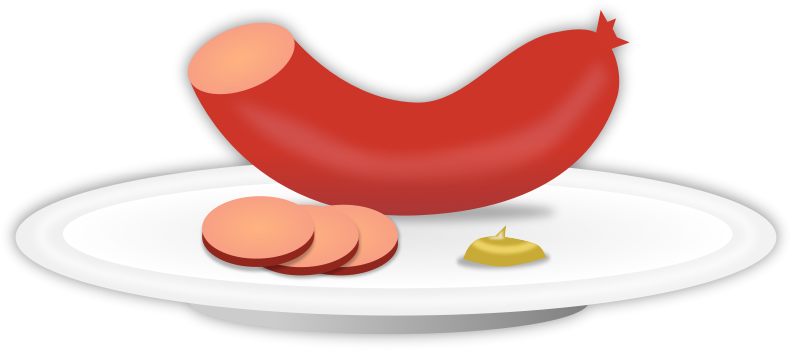

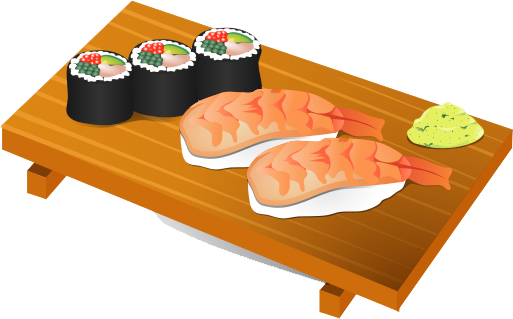
2
Hardware components
Introduction of sensors and other hardware components in the food, that will react from motion and interaction with forks, knives, and chopsticks
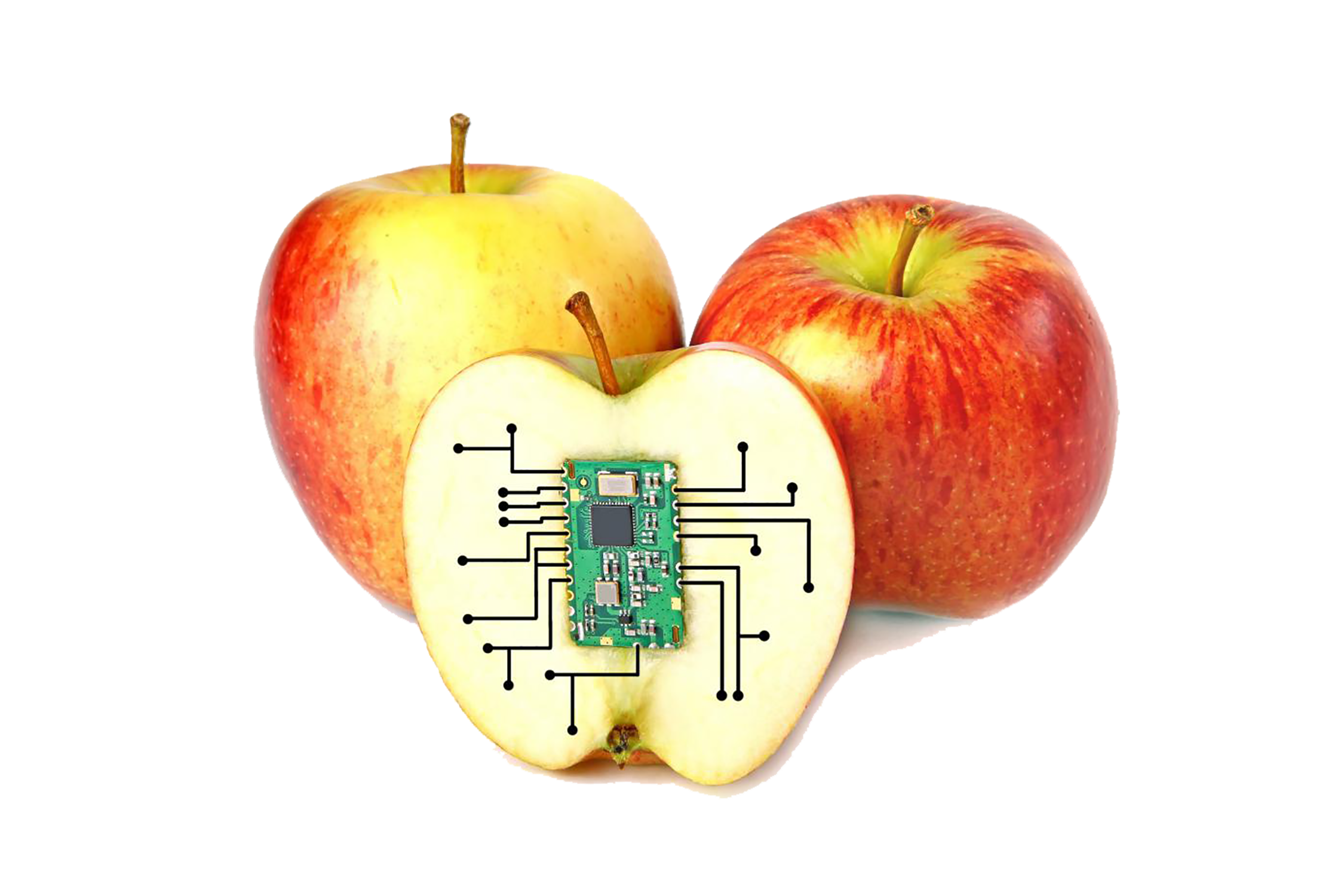

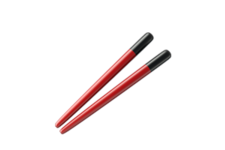
3
Public display
Set design and food installations in situ. This can include a mix of experimentations related to playing around with food colors, taste, shape, prospective food futures around dishes. As well as other types of food environment (e.g. supermarket).
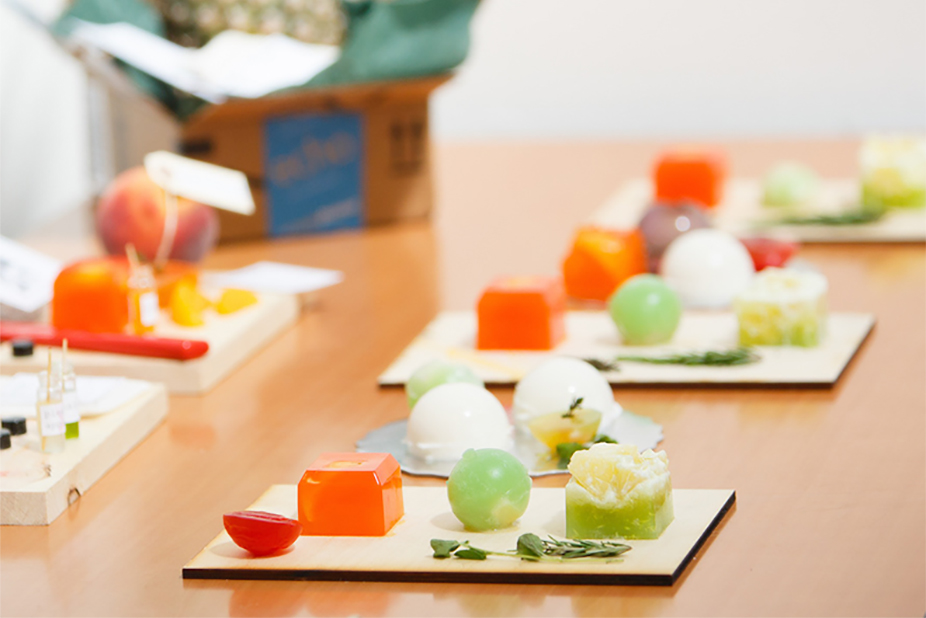
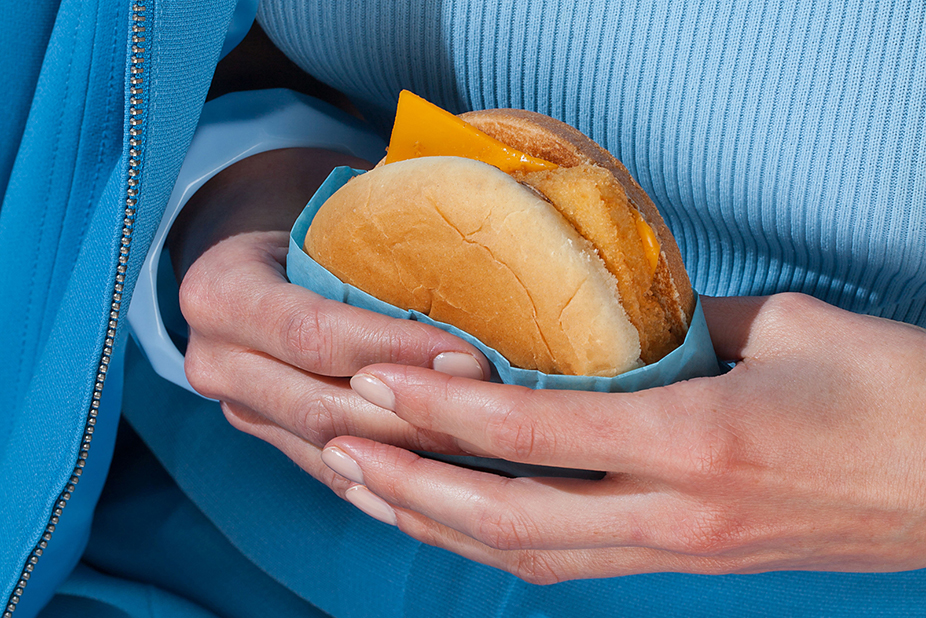
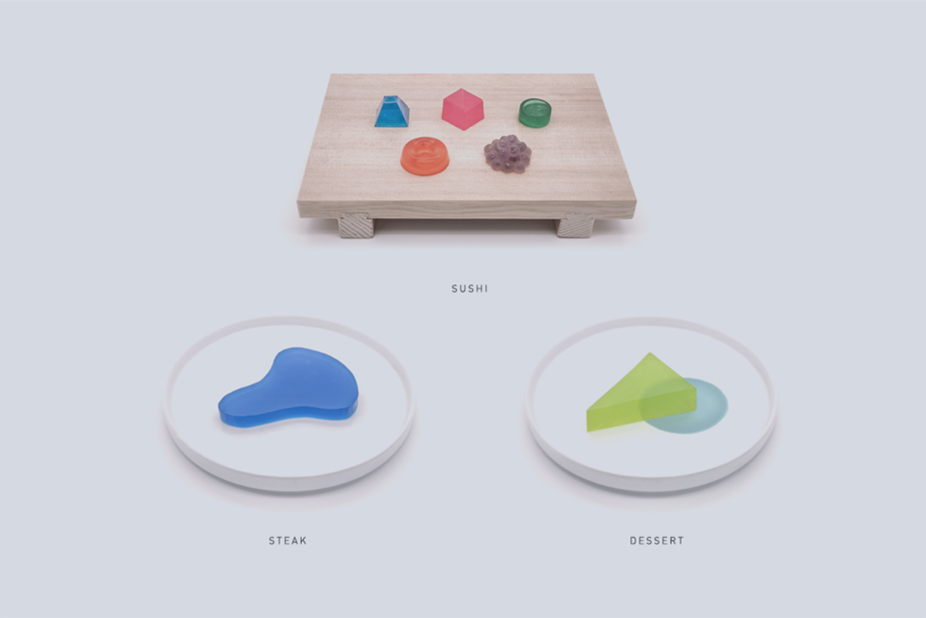
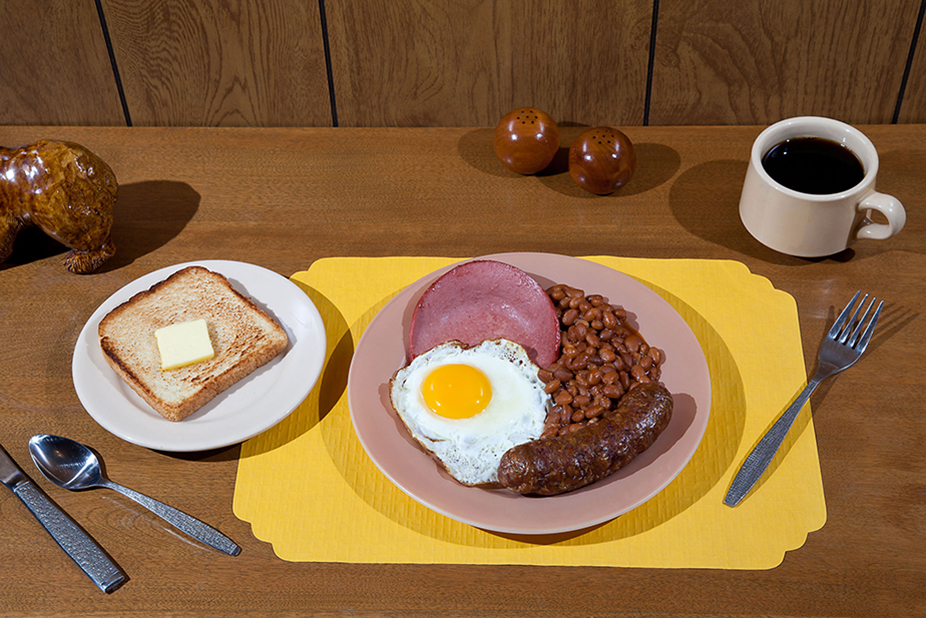
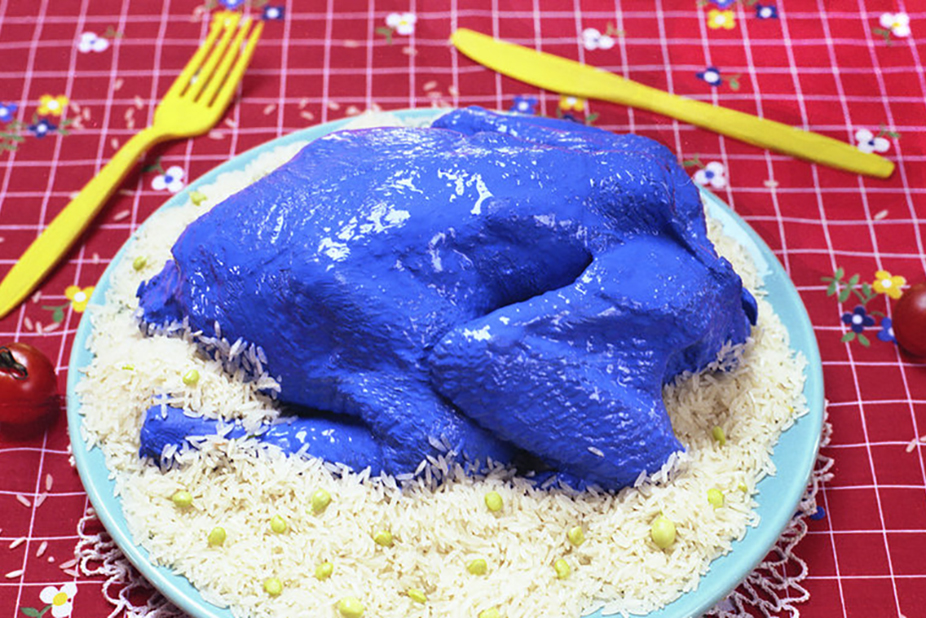
4
Audio playing
When the food is pocked, it's talking... a lot! Recording of the interaction in action.
EDIT: March 26th, 2018
After reflecting on my submission, I realized that my production proposal is one way of conveying the message. I would like to explore other relevant ways at the intersection of design and technology, such as Augmented Reality: I can easily see a hologram standing out above a piece of steak.
Inspiration & Research
CONTENT — What do I want to raise awareness about?
Cowspiracy documentary: "Animal agriculture is the leading cause of deforestation, water consumption and pollution, is responsible for more greenhouse gases than the transportation industry, and is a primary driver of rainforest destruction, species extinction, habitat loss, topsoil erosion, ocean “dead zones,” and virtually every other environmental ill. Yet it goes on, almost entirely unchallenged."
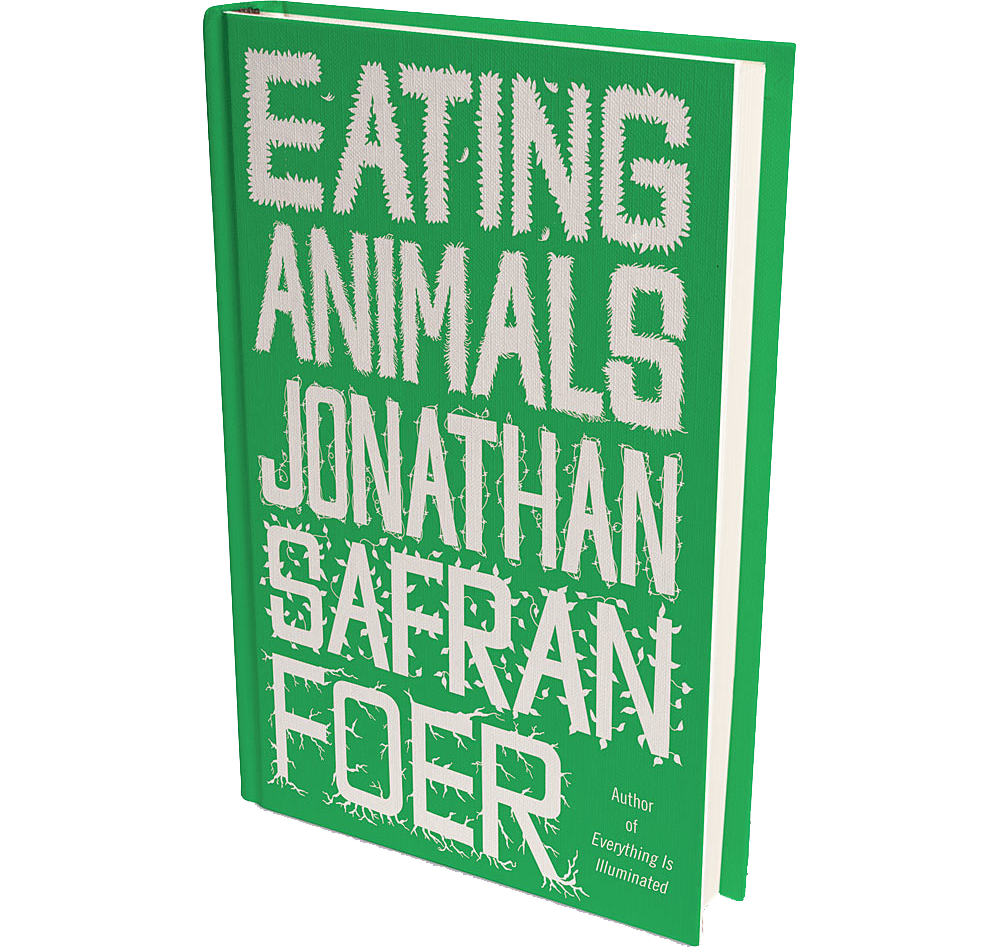
Eating Animals provides a dense discussion of what it means to eat animals in an industrialized world.
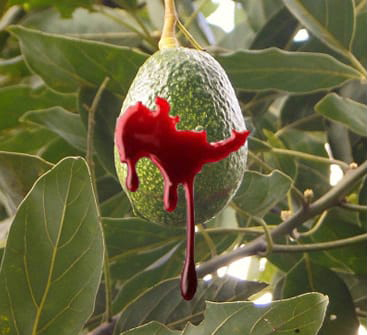
Avocado is indirectly fuelling illegal deforestation and environmental degradation in Mexico
Source: The Guardian
“Avocados from Mexico” ad during the Super Bowl game, which uses humor and religion to capture viewers’ attention.
People are testing a *new* milk and no one is asking from where (which animal or else) it comes from...
People tasting burgers and thinking it's made out of meat
DIRECTION — Why is the future of food already here?
Impossible Foods raised $75 millions to develop its plant-based burger that bleeds.
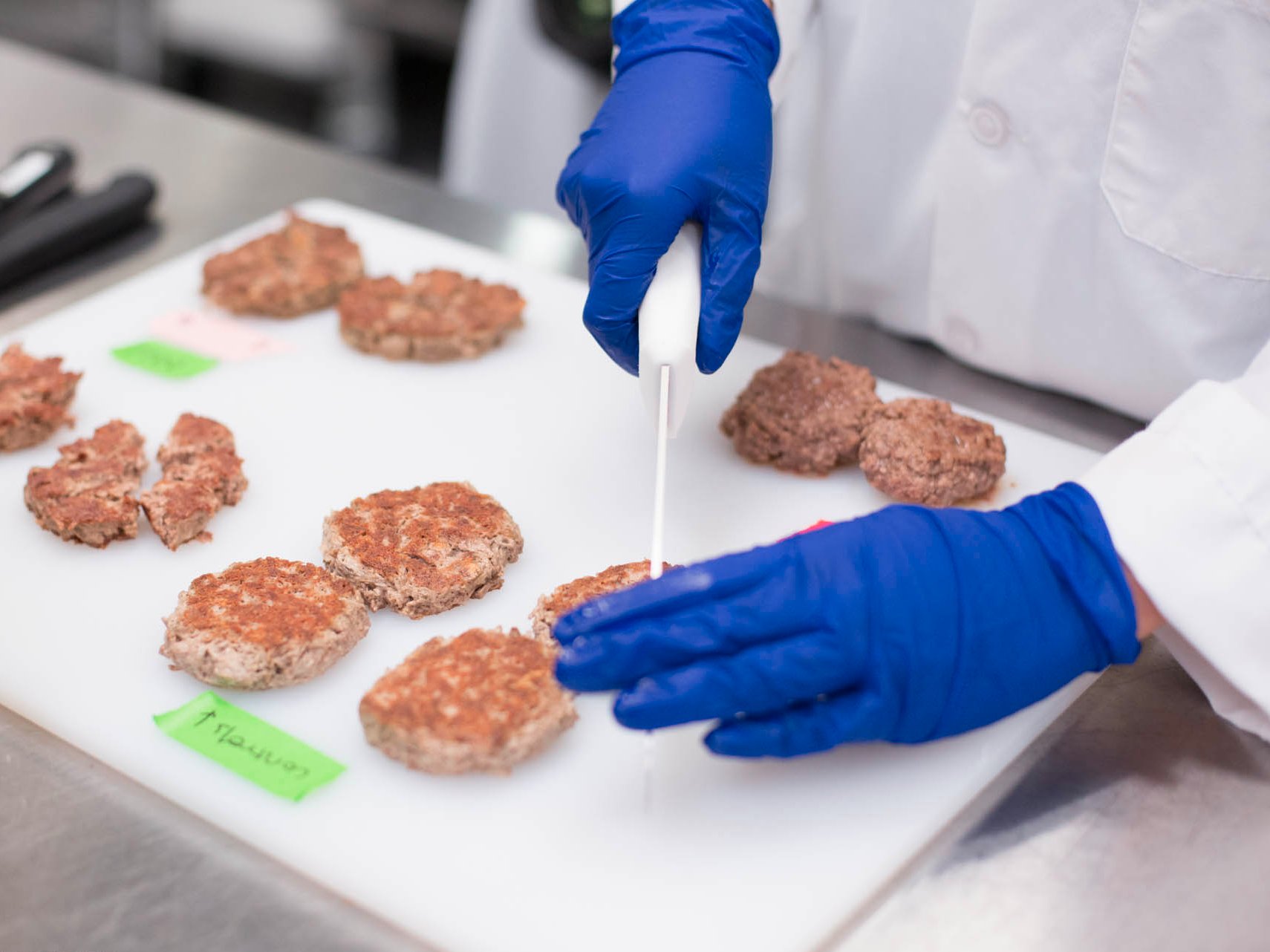
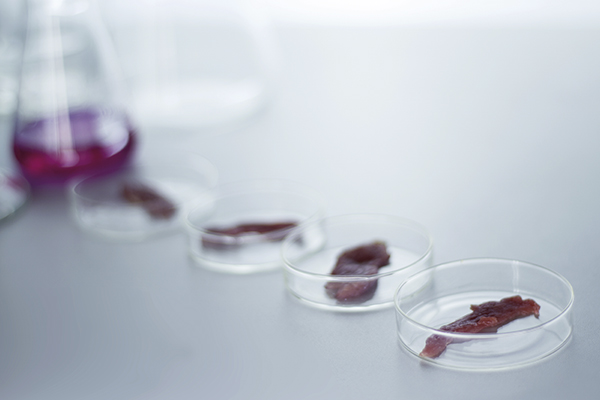
"Clean meat" are lab-produced or cultured by companies like Just, Finless Foods and Memphis Meats.
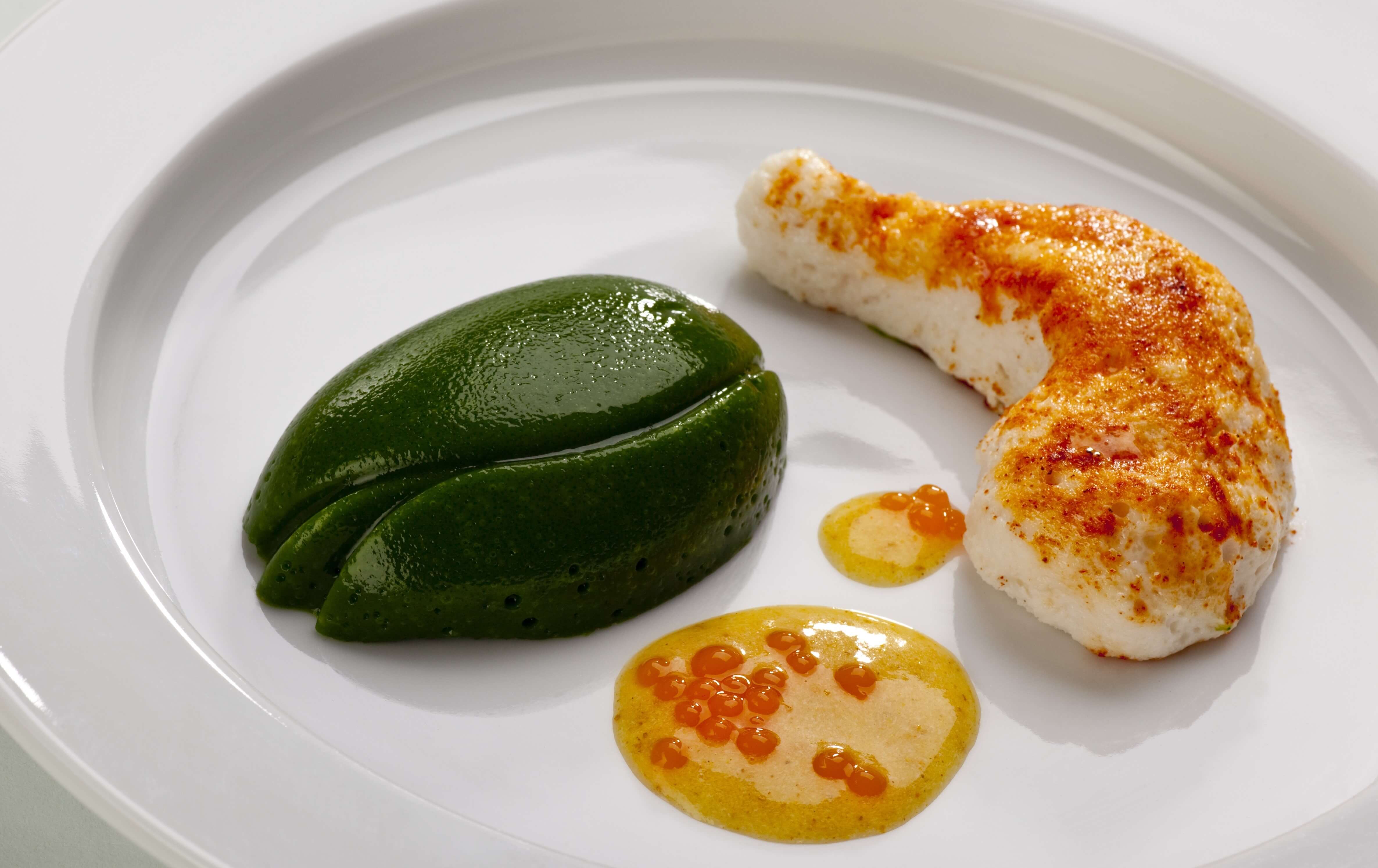
The Wing or the Thigh, 1976 French movie by Claude Zidi with Luis de Funès and Coluche
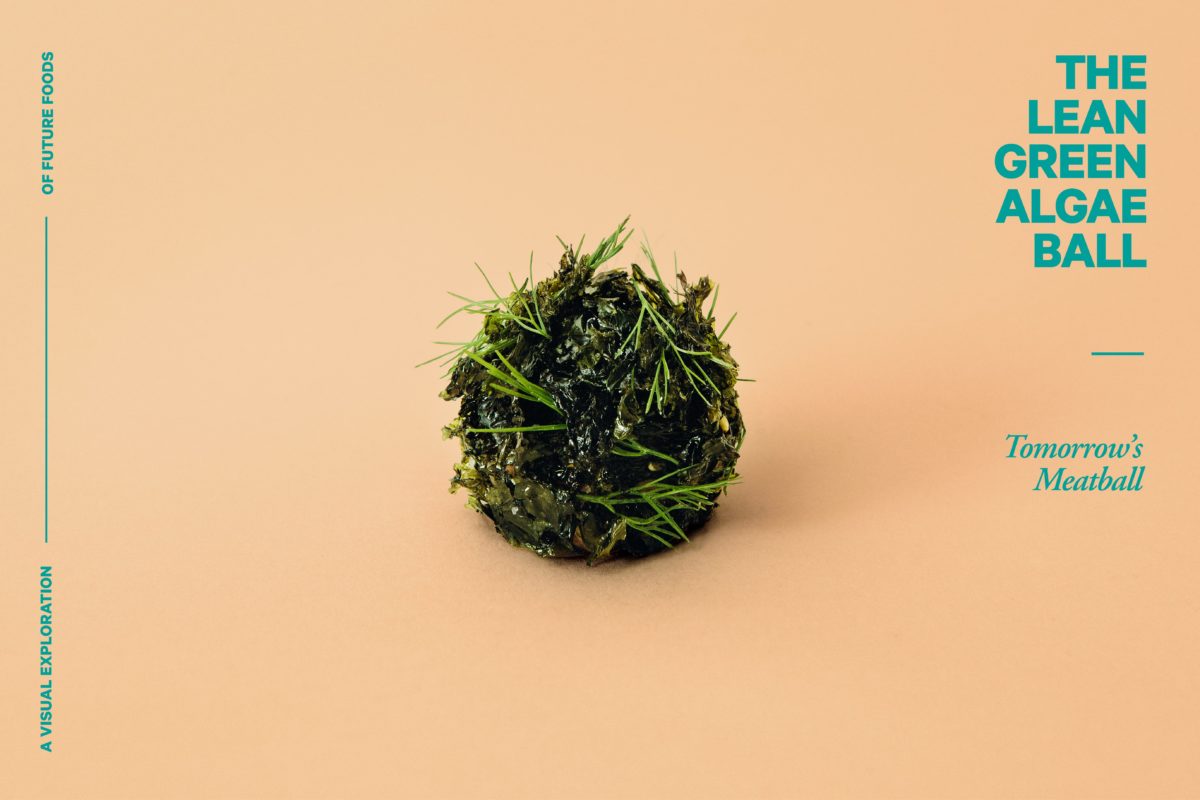
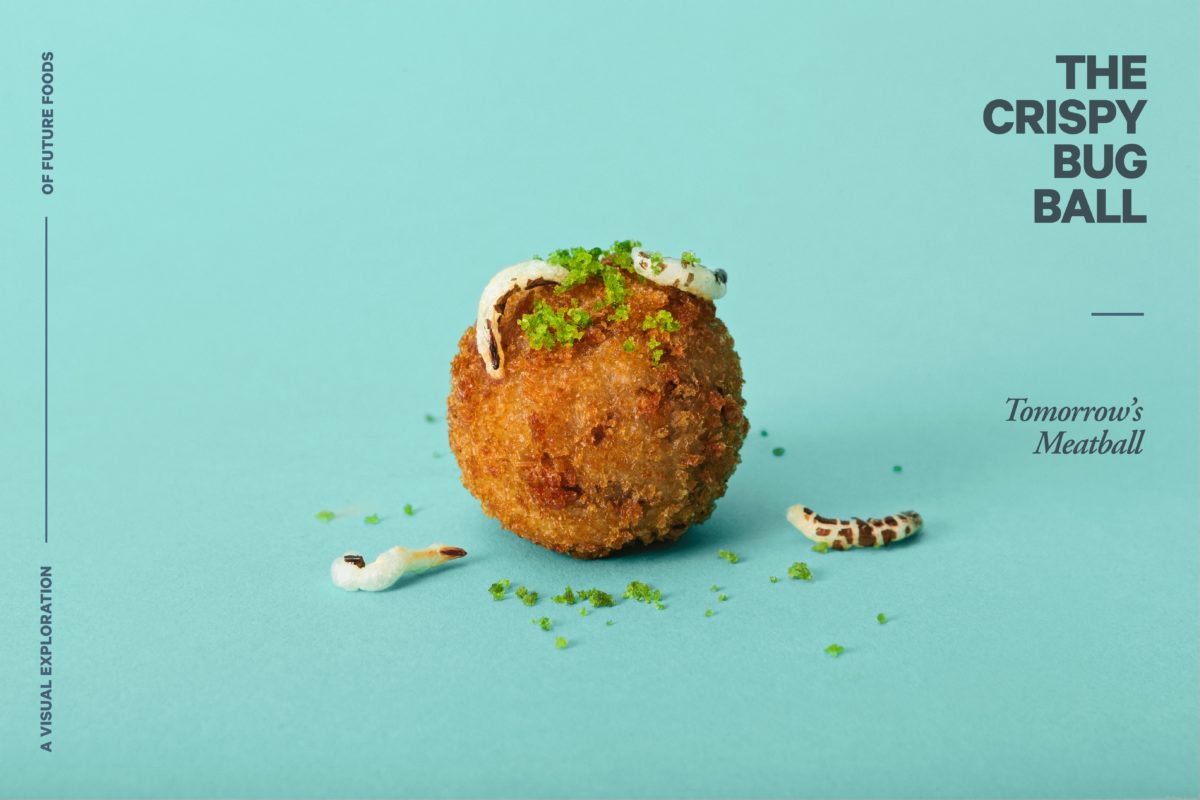
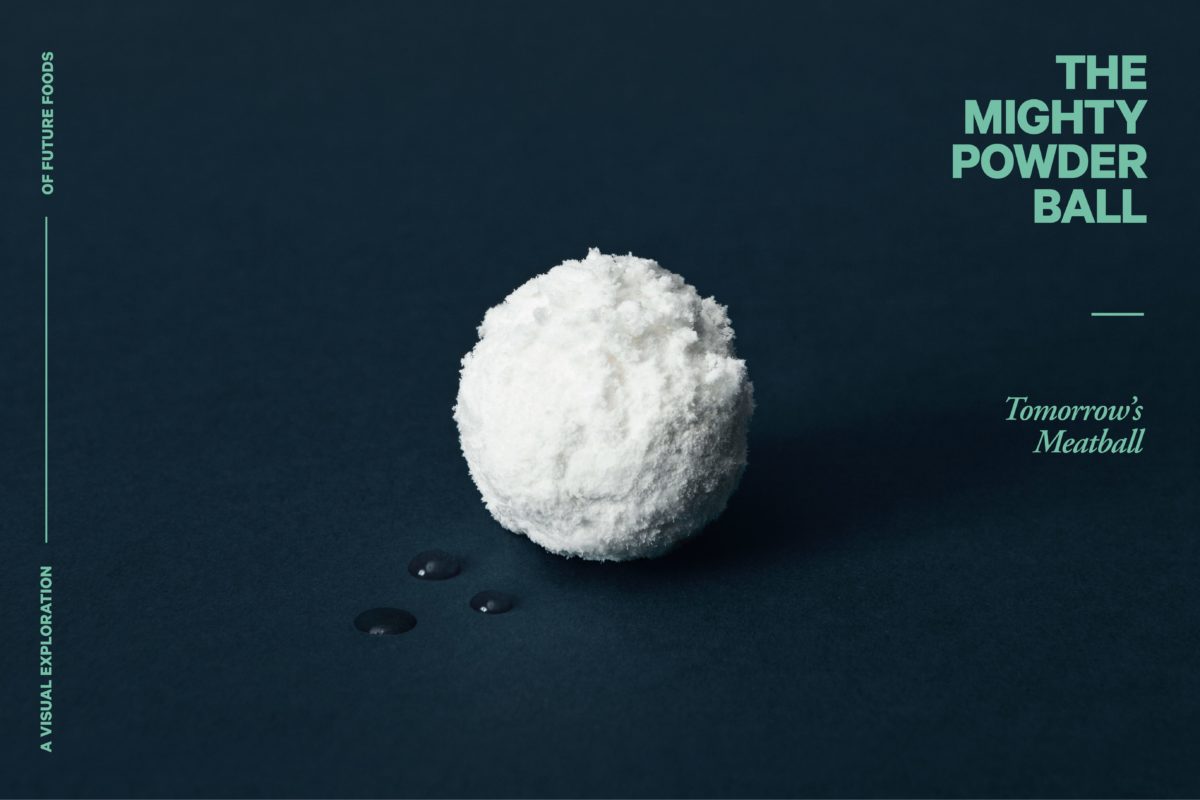
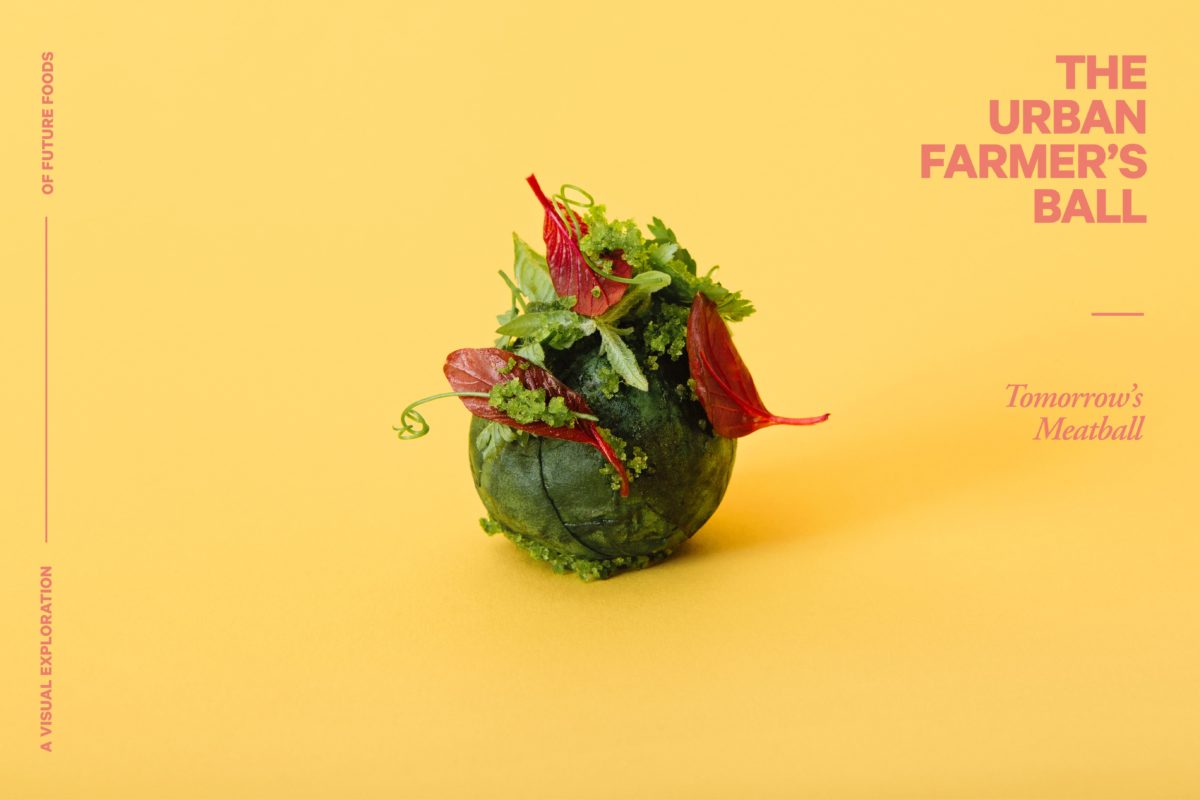
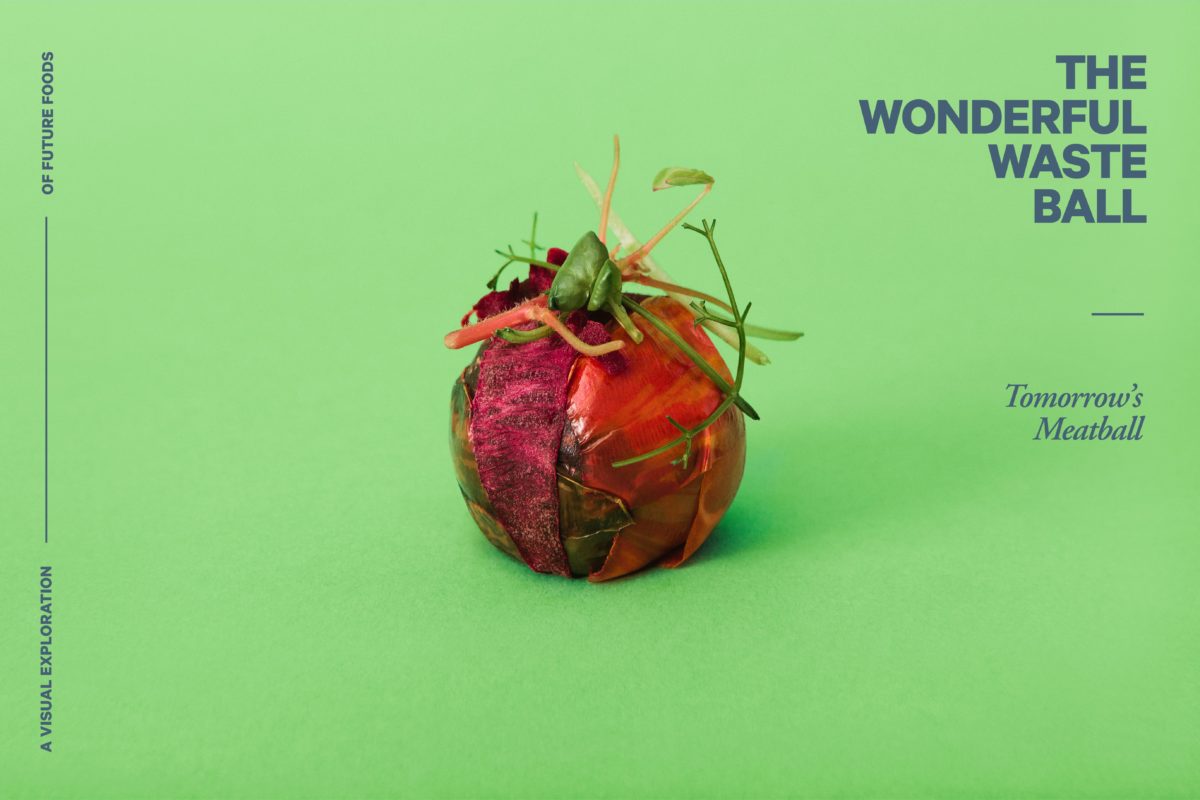
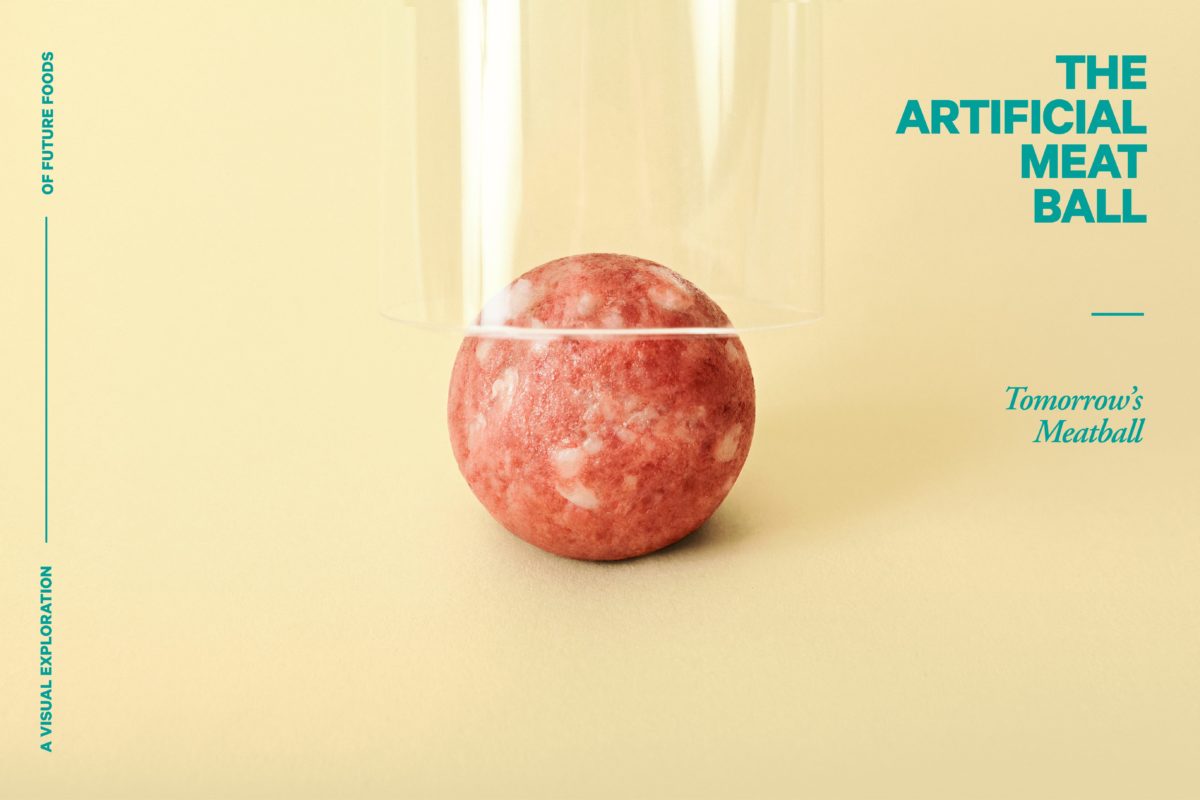
Tomorrow’s Meatball, a visual exploration of the future of food, by Ikea’s Space10 innovation lab.
The exploration focus on alternative ingredients, technological innovations and uncharted gastronomic territories, that we need to consider to combat our unsustainable appetite for meat and the explosive demand for more food in the future.
Living Food by Minsu Kim, in the context of our advancements in the world of man-made organisms and genetic modification, Kim dreamed up three dishes that behave like living creatures (Source: Wired).
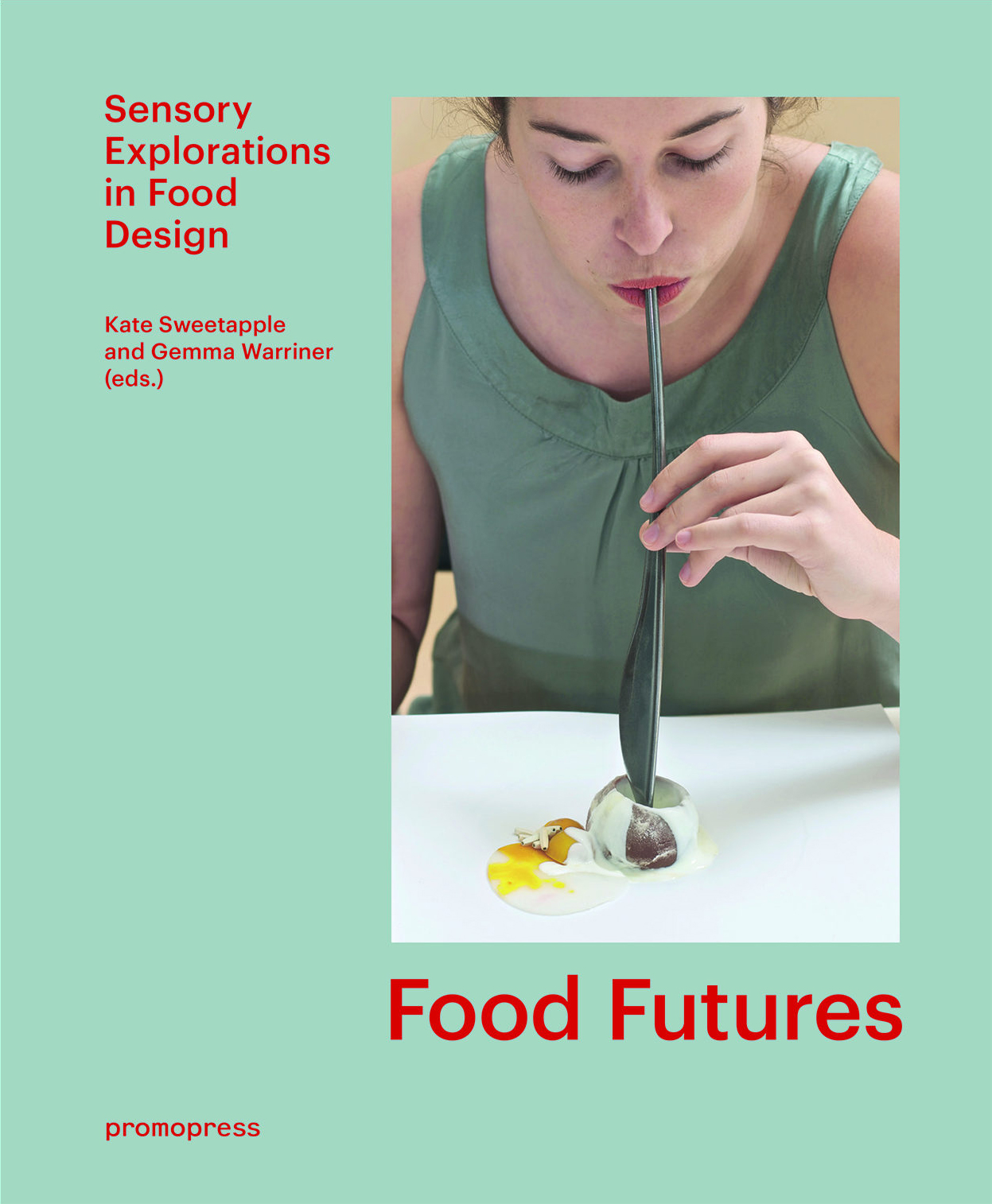
Food Futures: Sensory Explorations in Food Design, a compilation of design projects, illustrating the possibilities that new technologies open up to designers and the different ways society perceives food. Aside from the role a designer plays in the process of food fabrication, industrial practices too contribute to the alteration of shape, colour, scent and consistency of food, transforming it before our eyes, for our eyes. Food Futures seeks to exist as a stimulating visual collection of experimentation and innovation in food design, posing questions and challenging how we perceive this everyday commodity.
MEDIUM — What type of interactions and Art installations can I get inpired from?
Sight, a short futuristic film by Eran May-raz and Daniel Lazo.
Hyper-Reality by Keiichi Matsuda presents a provocative and kaleidoscopic new vision of the future, where physical and virtual realities have merged, and the city is saturated in media.
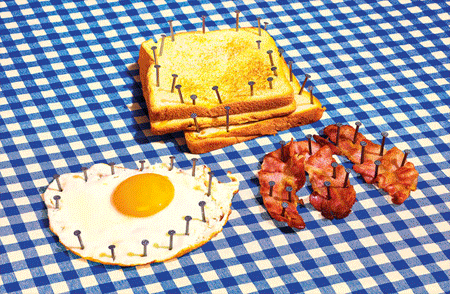
Toilet Paper magazine provocative food esthetics.
Interactive paper-based video, WHAT LIFE IS REALLY ALL ABOUT, a webseries dealing with the topic of MEGALOMANIA by Rike Nickel.
Logged In, by Saskia Hundt. How has the integration of digital tools, apps, screens and networks into our daily lifes changed the way we live, communicate and manage our surroundings? A visualisation that combines real life footage and digitally animated elements.
The Wing or the Thigh, 1976 French movie by Claude Zidi with Luis de Funès and Coluche
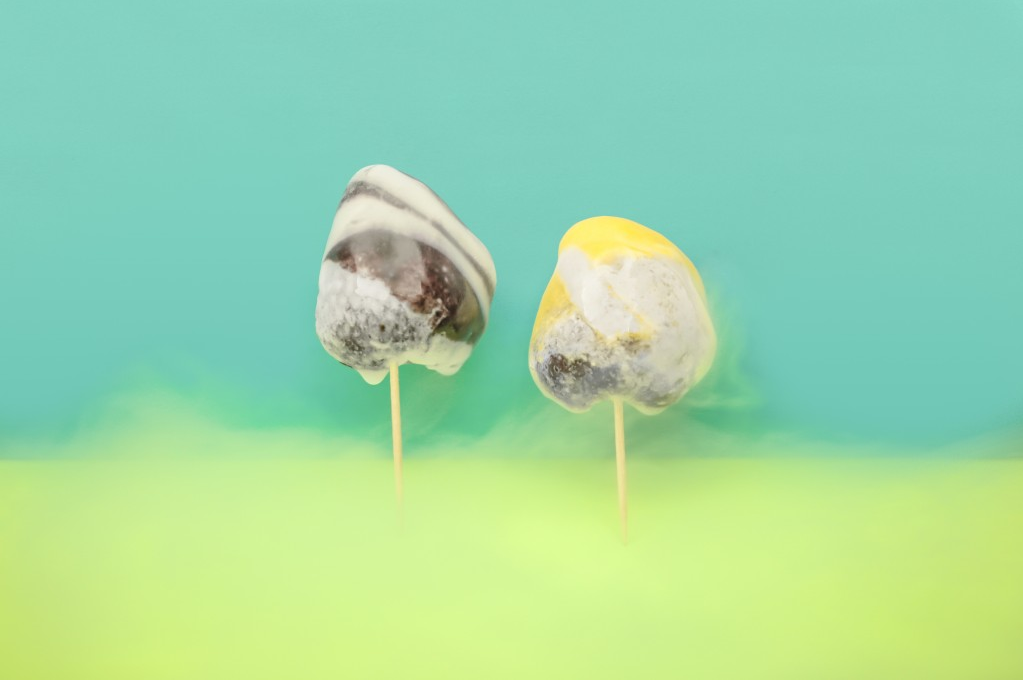
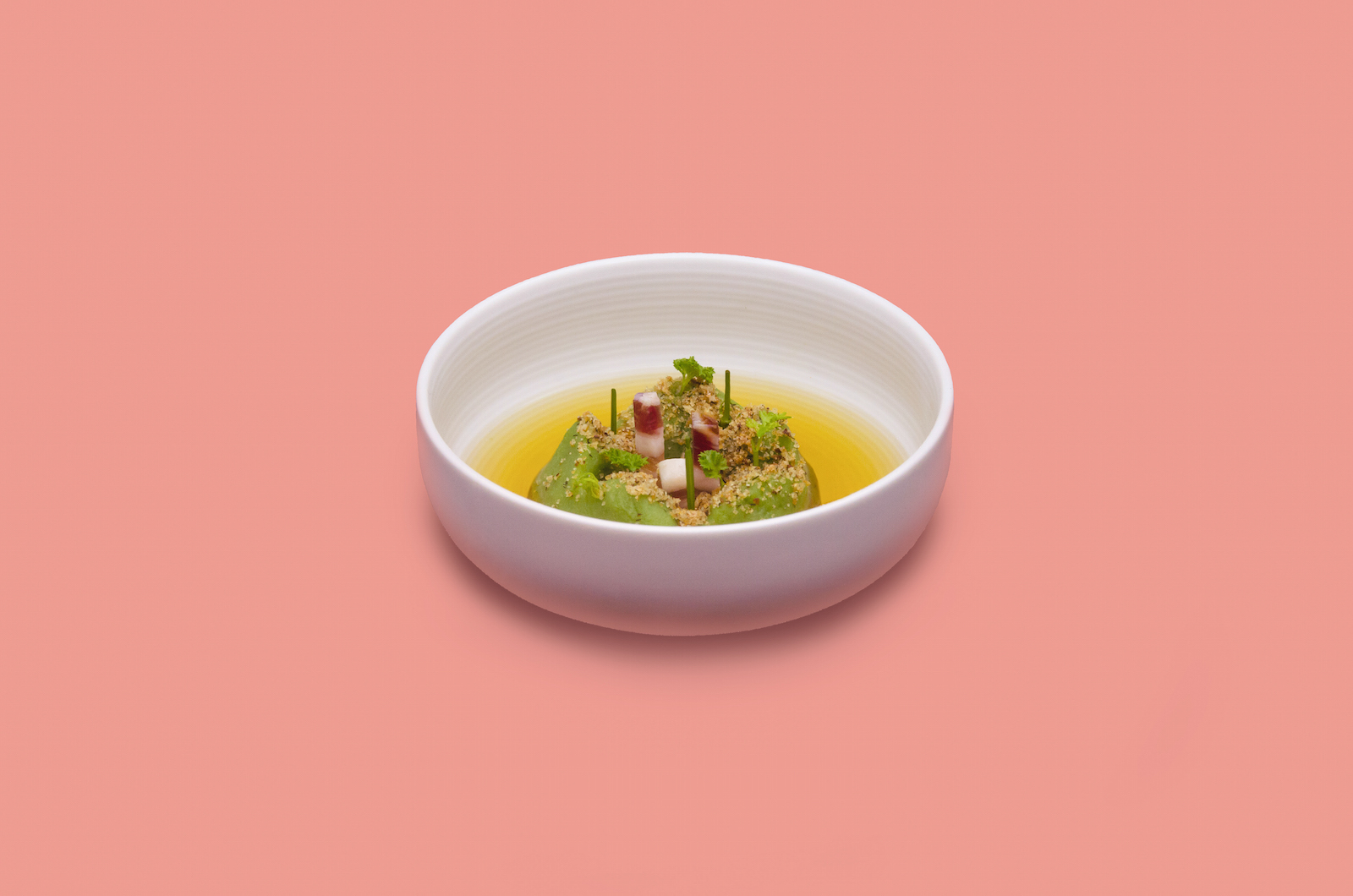
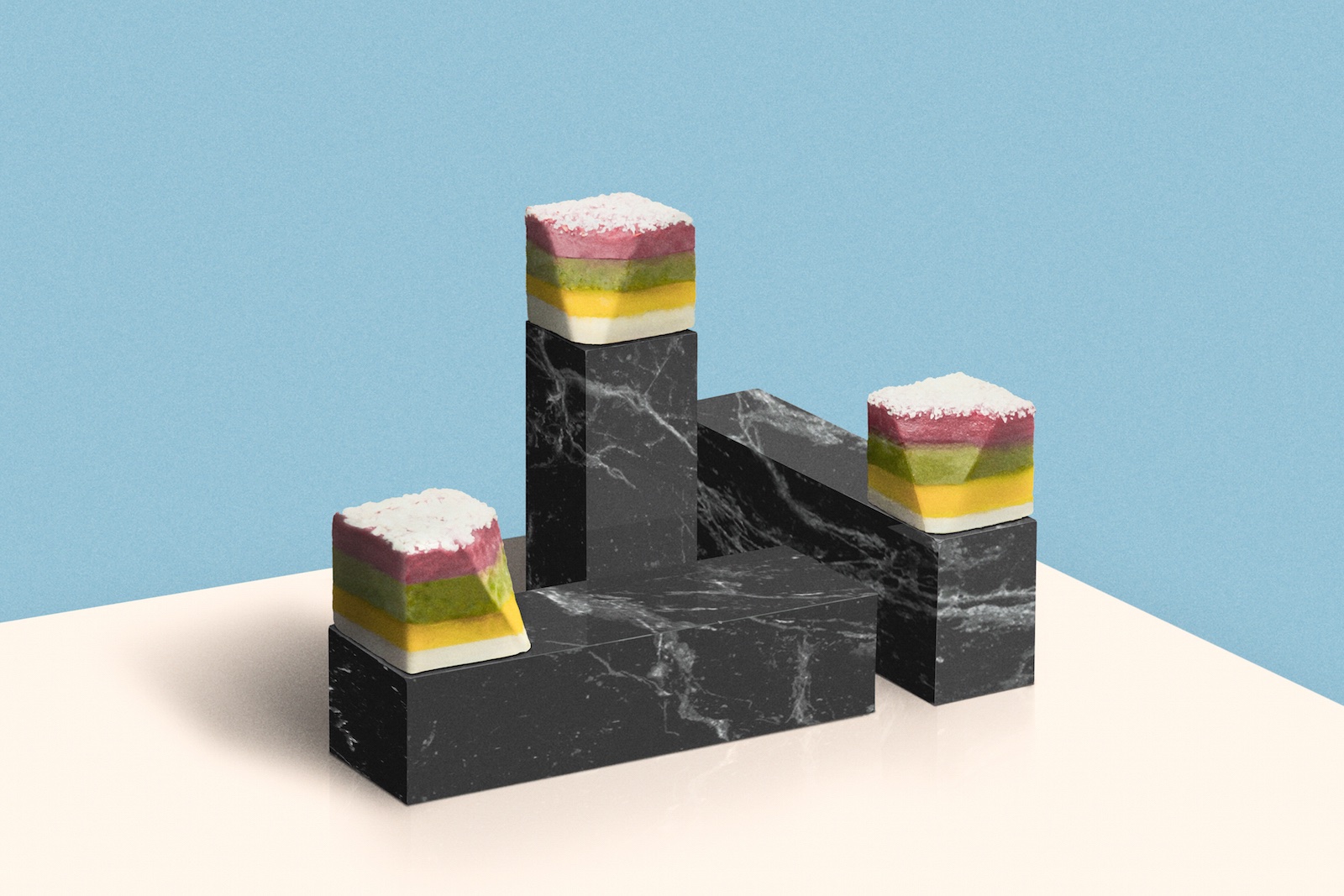
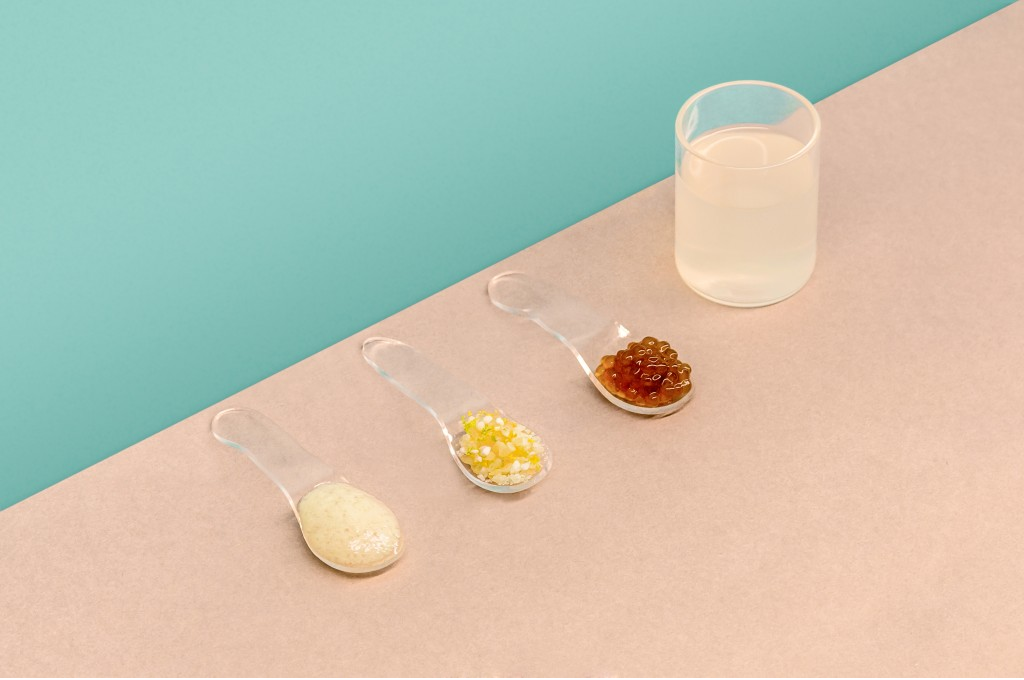
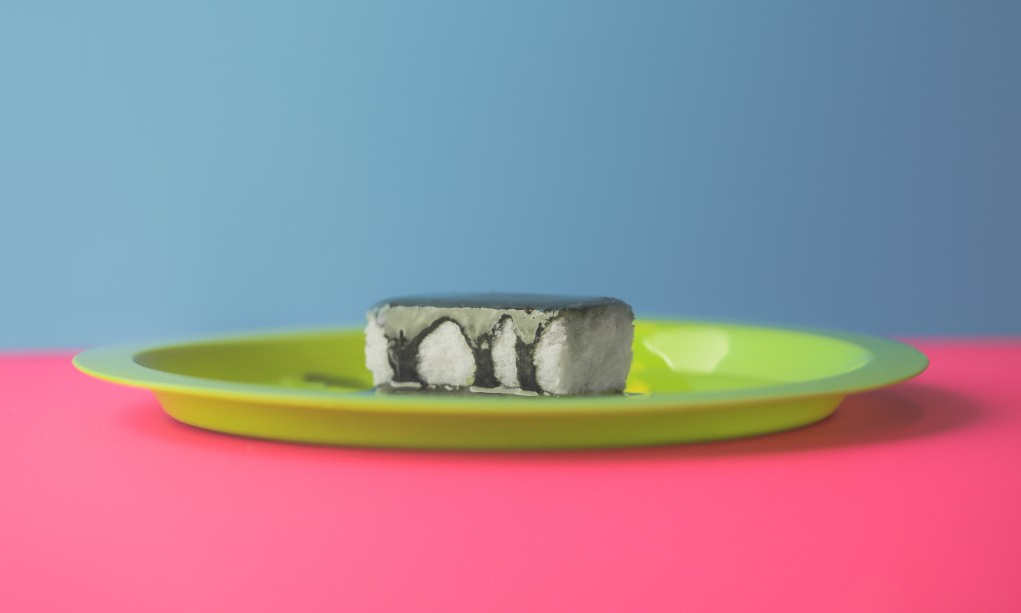
Eataipei, by Shikai Tseng, Rain Wu and Chung-Ho Tsai, a multi-course “food performance” and exhibition during London Design Festival as an introduction to Taipei’s unique cultural landscape—history, landscape, people, lifestyle and future.
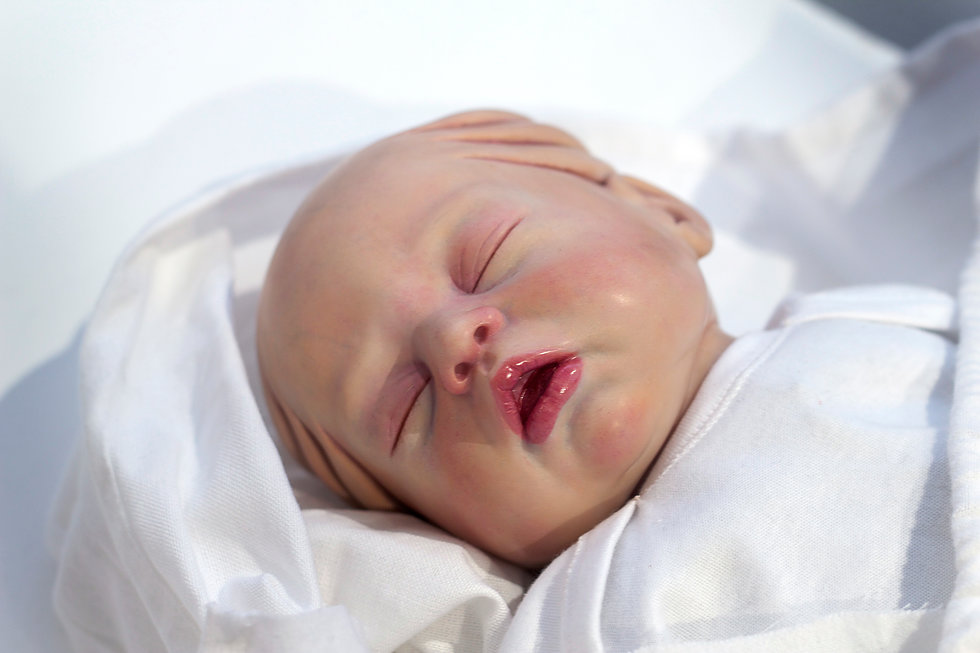
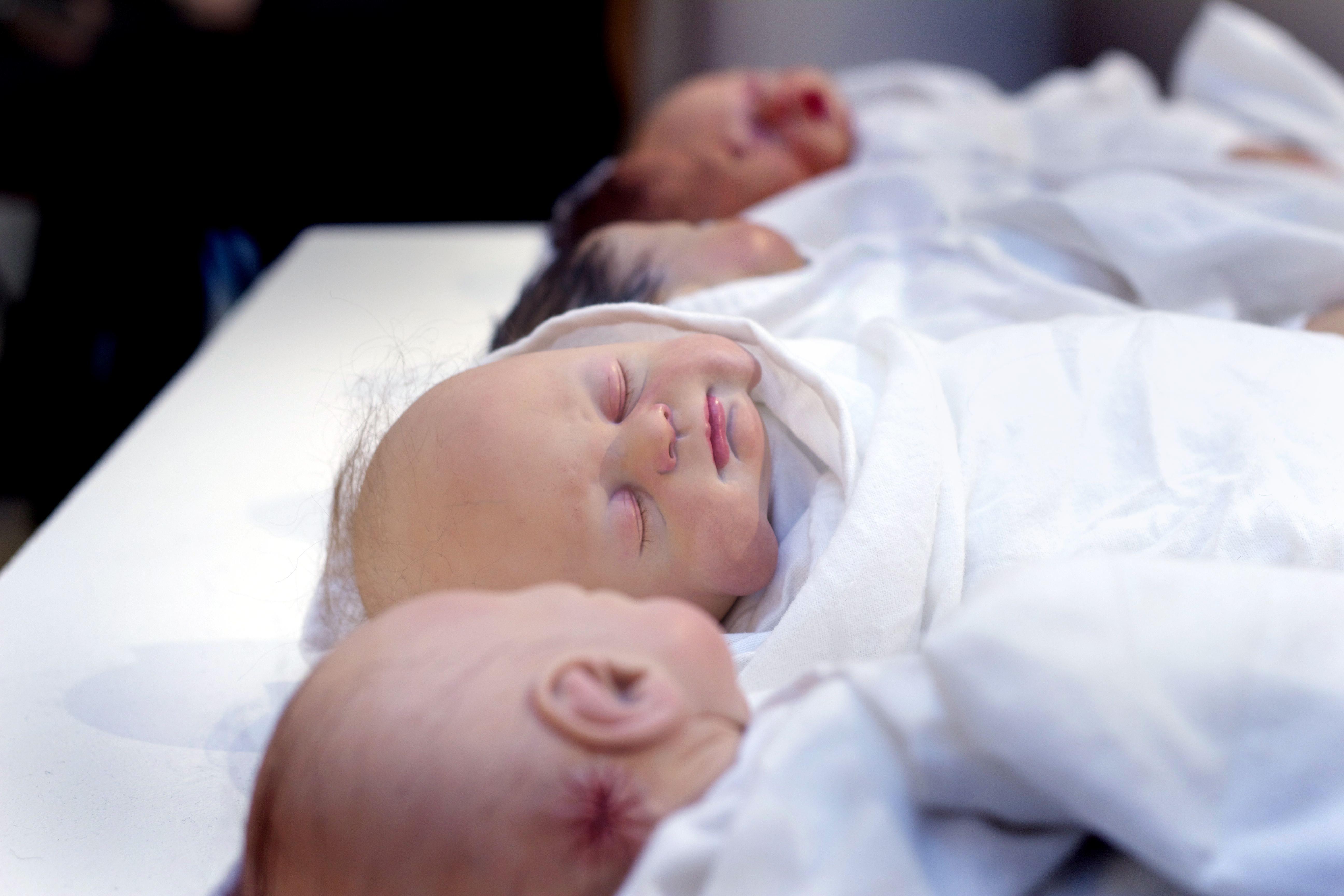
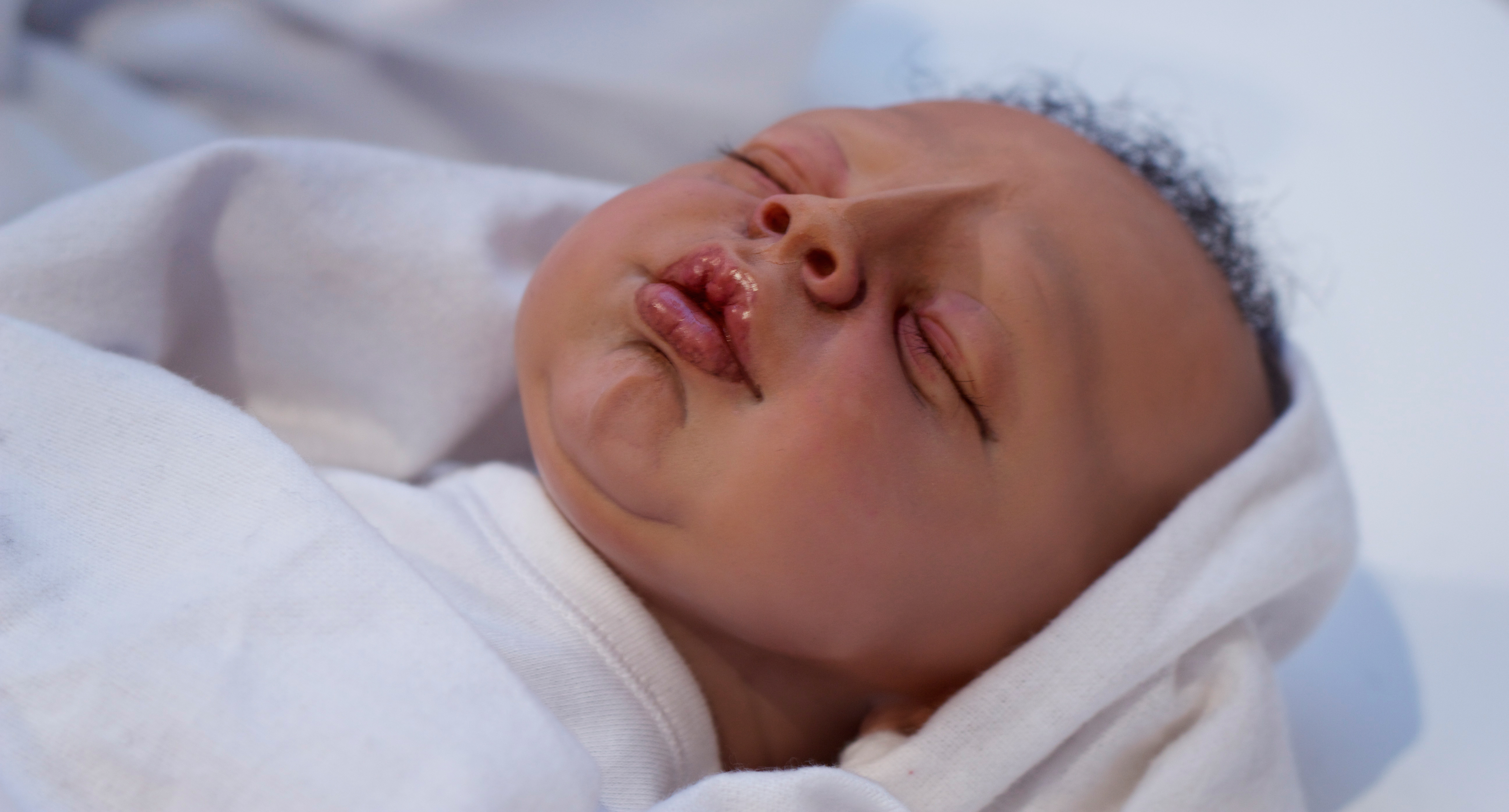
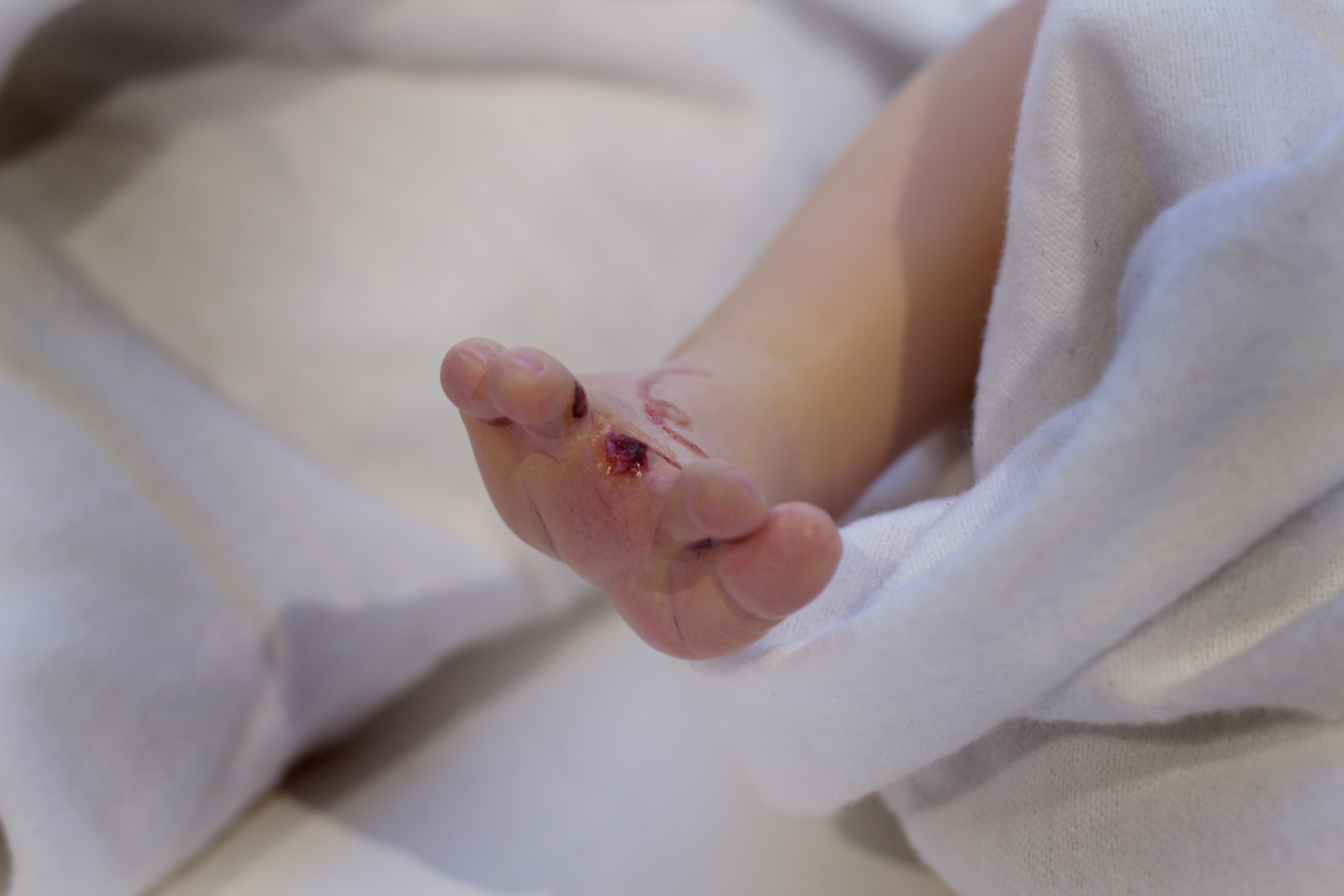
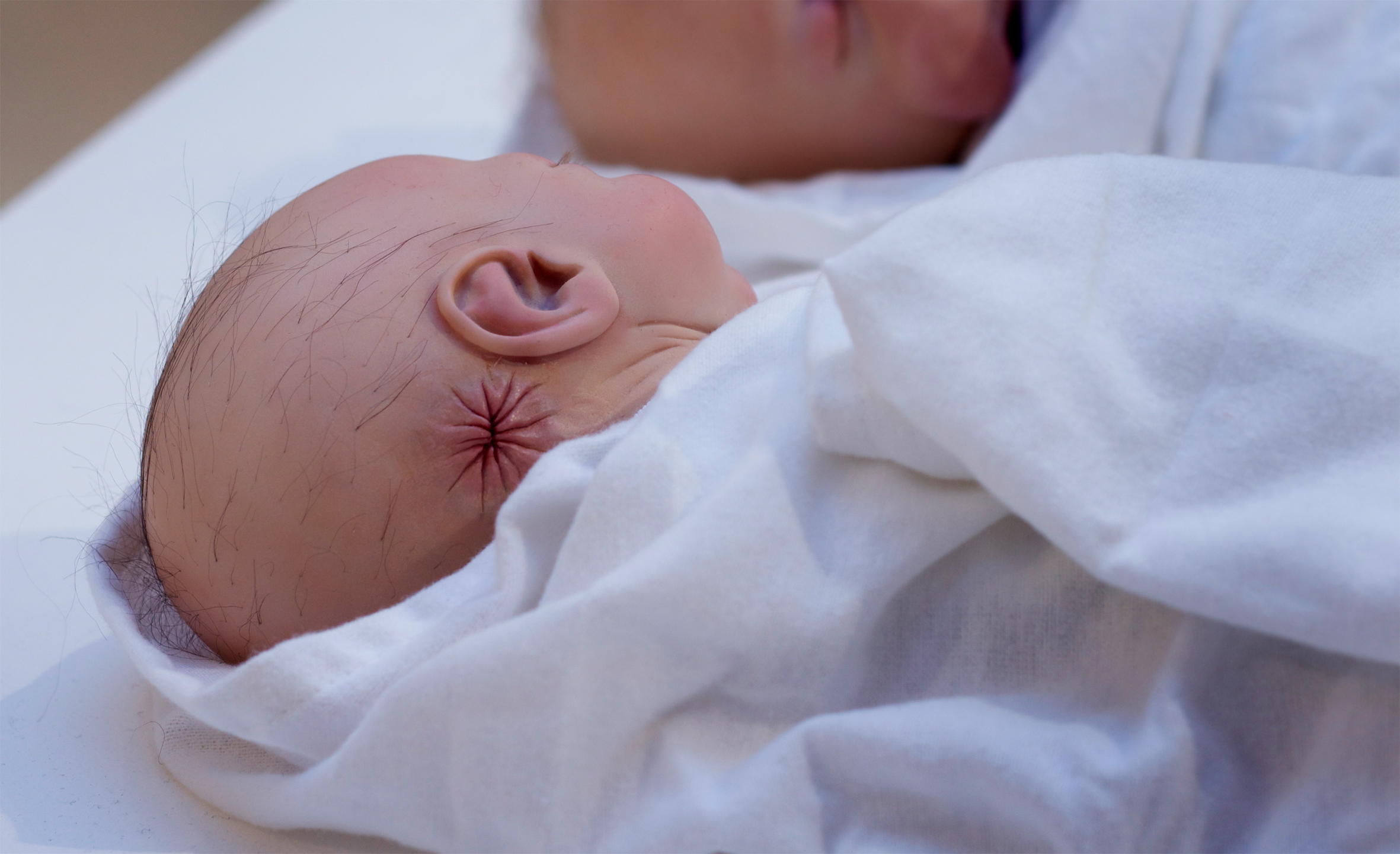
Transfigurations by Agi Haines depicts designs for potential body enhancements that have been surgically implemented to benefit the Human body of a baby. Each modification is put in place to solve a potential future problem for the baby, ranging from medical to environmental to social mobility issues.
Gudetama, introduced by Sanrio in 2013, is a cartoon egg yolk that is the anthropomorphic embodiment of crippling life depression. One of Japan’s most popular mascots after Hello Kitty.
MEDIUM — How can I use Hardware, Sound and other technical tools?
Make a piano out of bananas with Makey Makey.
Breakfast machine, one of the robot inventions of Simone Giertz
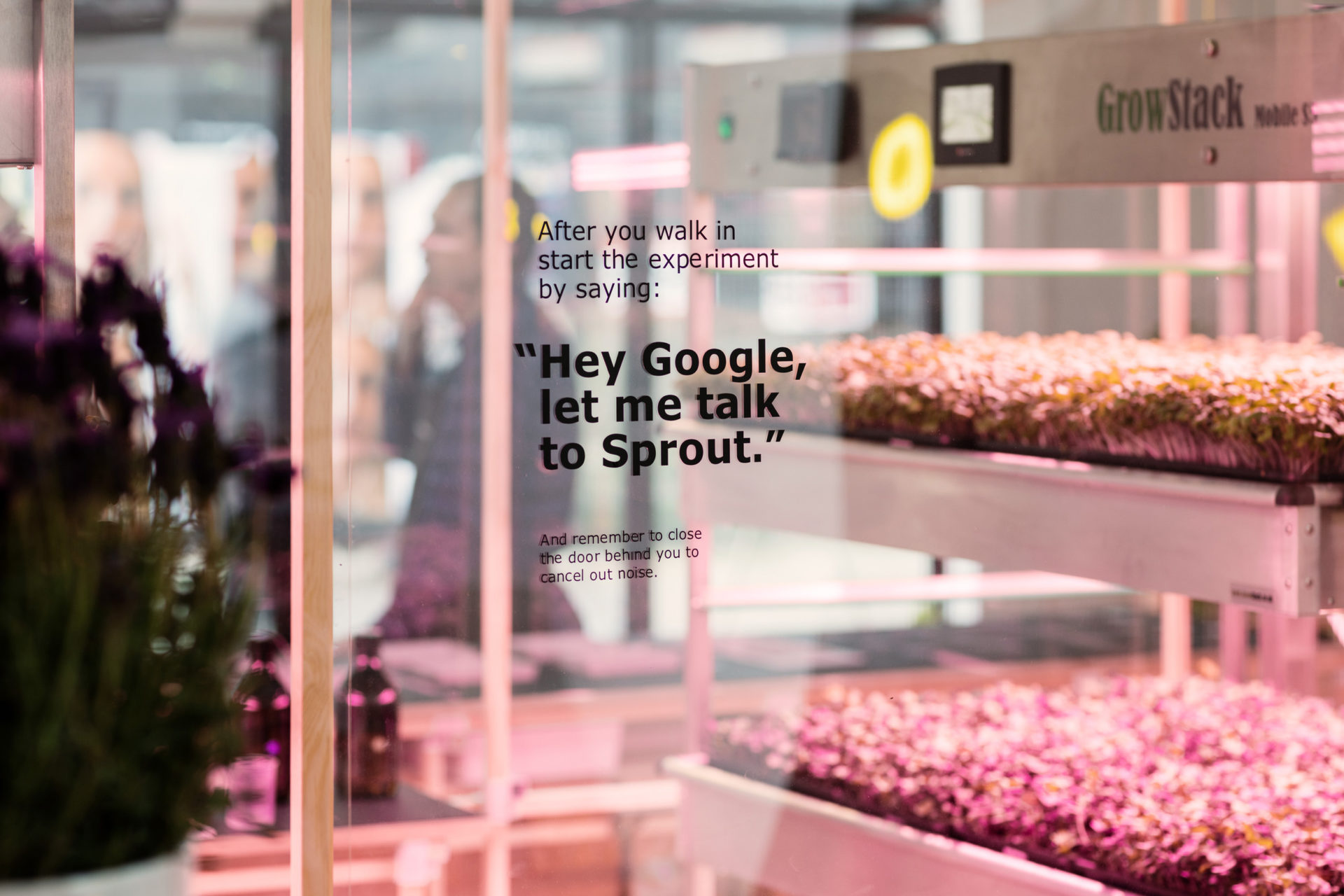
Sprout is a conversational interface, developed by Ikea’s Space10 innovation lab to enable people to have a “dialogue” with their plants.
Its sensors monitor the health of the plants and relay the information to Google’s voice-assistant platform, Home. You can ask it questions about the plants—and it “talks” back via Home’s small speaker.
Project Nourished by Kokiri Lab, a Gastronomical Virtual Reality Experience.
Rotary X, an interactive sound installation composed of an altered rotary telephone and a microcontroller (Arduino). The phone records and plays back audience responses to a series of prompts.
Me, myself and I
Why me
My professional life started by improving engineering manufacturing processes at L'Oreal. I was fascinated by automation and how machines could ease the work of humans. For 3 years, I pursued working in this Industry for other companies in France and China.
In 2013, I transitioned in the Software industry and since the last 4 years, I've been working for Tech startups as a Product Designer. Working in close-knit teams, understanding and translating human's need into websites, mobile apps interfaces as well as conducting Design Thinking workshops has been a great journey for me so far.
For the last years, I realize how important it is to develop my own creativity and art practice, as well as exploring technical skills, such as computer programming and electronics. And I have been investing time for both.
Kiff intersideral, Personal visual art collection from artists that I encounter in my life
Show me your hands, Personal photo project to talk about people's hands, San Francisco 2016
Digital typewriter built with Ruby on Rails for Flaschen Taschen, presented during Maker Faire with Noisebridge, San Francisco Bay Area, May 2016



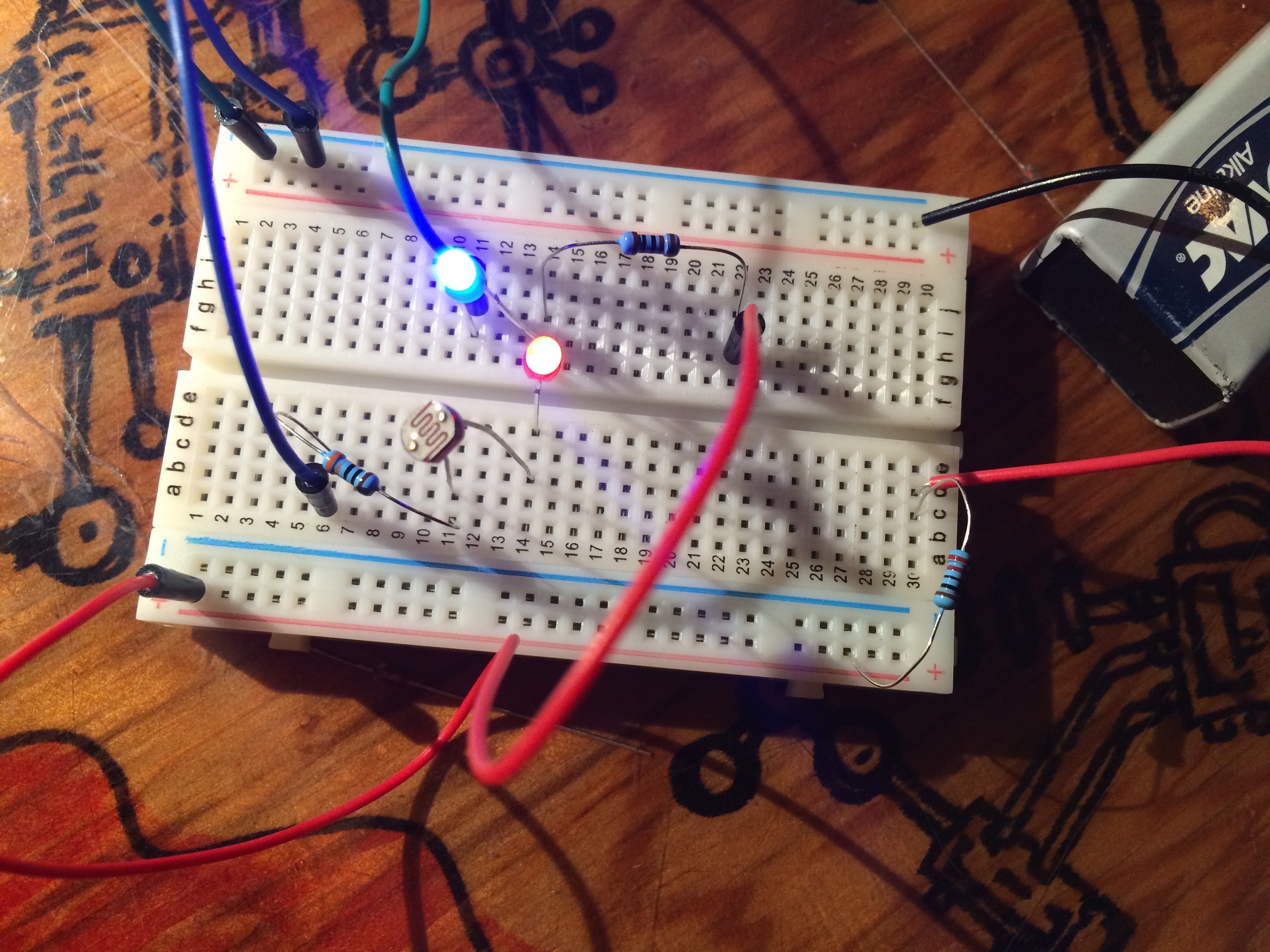
Hacking electronic at Noisebridge, San Francisco, 2016
My other strong interest in life is food, healthy food.
As I started cooking by myself around the age of 20, I have been used to have a veggie-centered plate. More digestible, more colorful, more fun experimentations.
Summer 2014, I read Eating animals (see inspiration section above) and got informed about the holistic impact of our consumption of animal-related products (meat, fish, milk, cheese, eggs...): on environment, on health, on how animals are treated, genetically modified and overexploited, on how it makes industrials politically more powerful if not richer, on how it impacts local farmers' wealth in underdeveloped countries, deforestation, water resources, worldwide hunger... to name a few. My main frustration came from what industrials said about us, consumers: as the demand is increasing, they have no choice but to follow it, at any cost, no matter how.
This has been the start of questioning what I have on my plate and get more knowledge about the food system in general. From then, I started reducing animal-related products from my diet while carefully questioning products sourcing and favoring local productions. Fast forward to now, my diet is 90% vegan. From time to time, I eat chicken, cheeses or eggs from farms nearby. And it's promising to see how vegan food is making progress, not only on the supermarket's shelves but also in Labs financed by big corporations worldwide.
In this journey of becoming a food activist, cooking isn't only a way to feed me, it's also a way to reflect on me and how I want to impact the world around me. In 2016, I decided to learn about bread baking and worked weekends night shifts in a bakery. When I retired from baking, I wanted to experiment making vegan ice creams. And I am not done with this endeavor yet.

Me, bread baking in 2016 :-)
For the last years, I've put efforts on selecting purpose-driven projects to work on as an Interaction Designer and especially projects related to sustainable food systems. This is how I got the chance to work on designing from scratch a wiki for edible crops, and on building the concept of an app for a vegan-friendly supermarket:
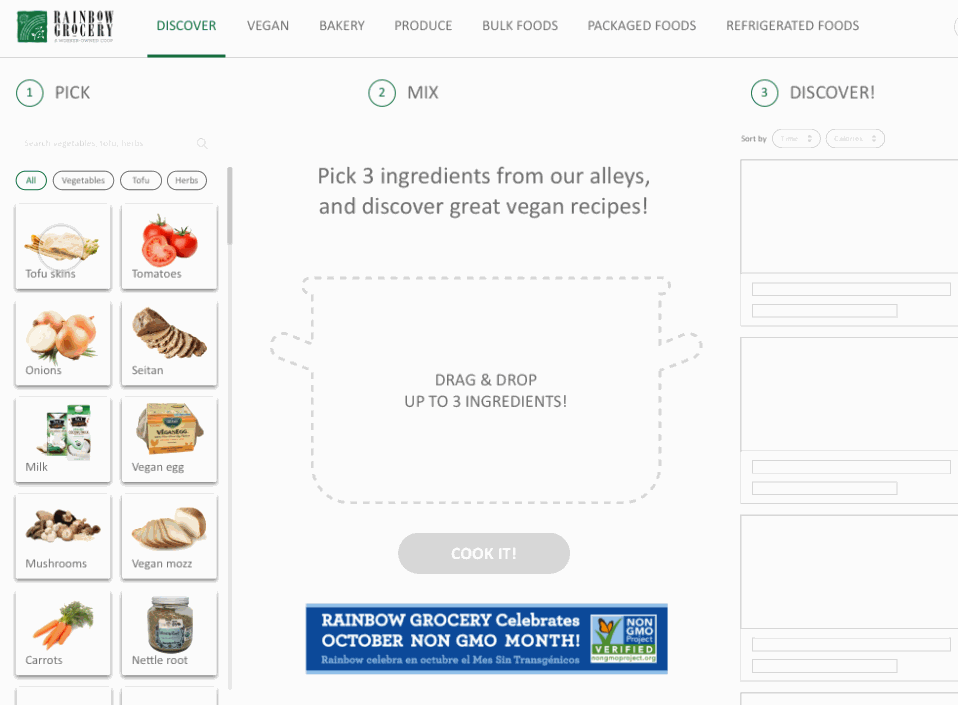
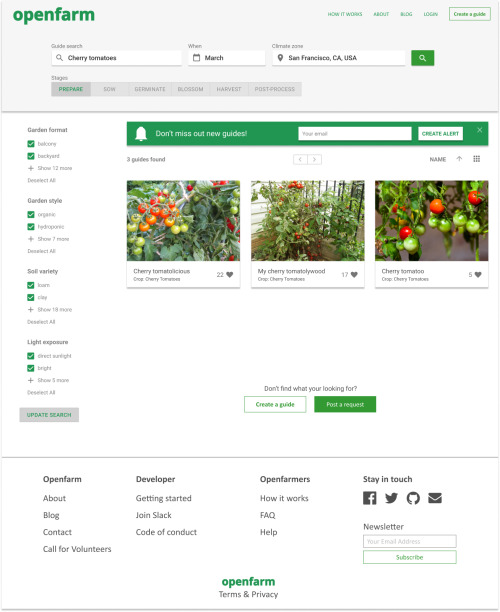
Why this project
When preparing this application for Adobe Creative Residency, I considered the ingredients I would need if I were given the chance to dedicate a whole year to build something that I care about, that I want to share with the world, while challenging my technical skills.
When thinking of which form of art I want to develop, I am inspired by engaged Artists, like Banksy and JR, who have a strong message to convey.
When thinking which topic I care the most about myself, it's with no doubt, food.
And regarding technical skills, I'm fascinated by how interaction design could be applied to everything, whether digital or physical. And after getting a great intro to electronics at Noisebridge hackerspace, in San Francisco, this seems like a crazy dream to consider learning more about hardware and give a voice to food! I want to have fun with Electronics like Simone Giertz has!
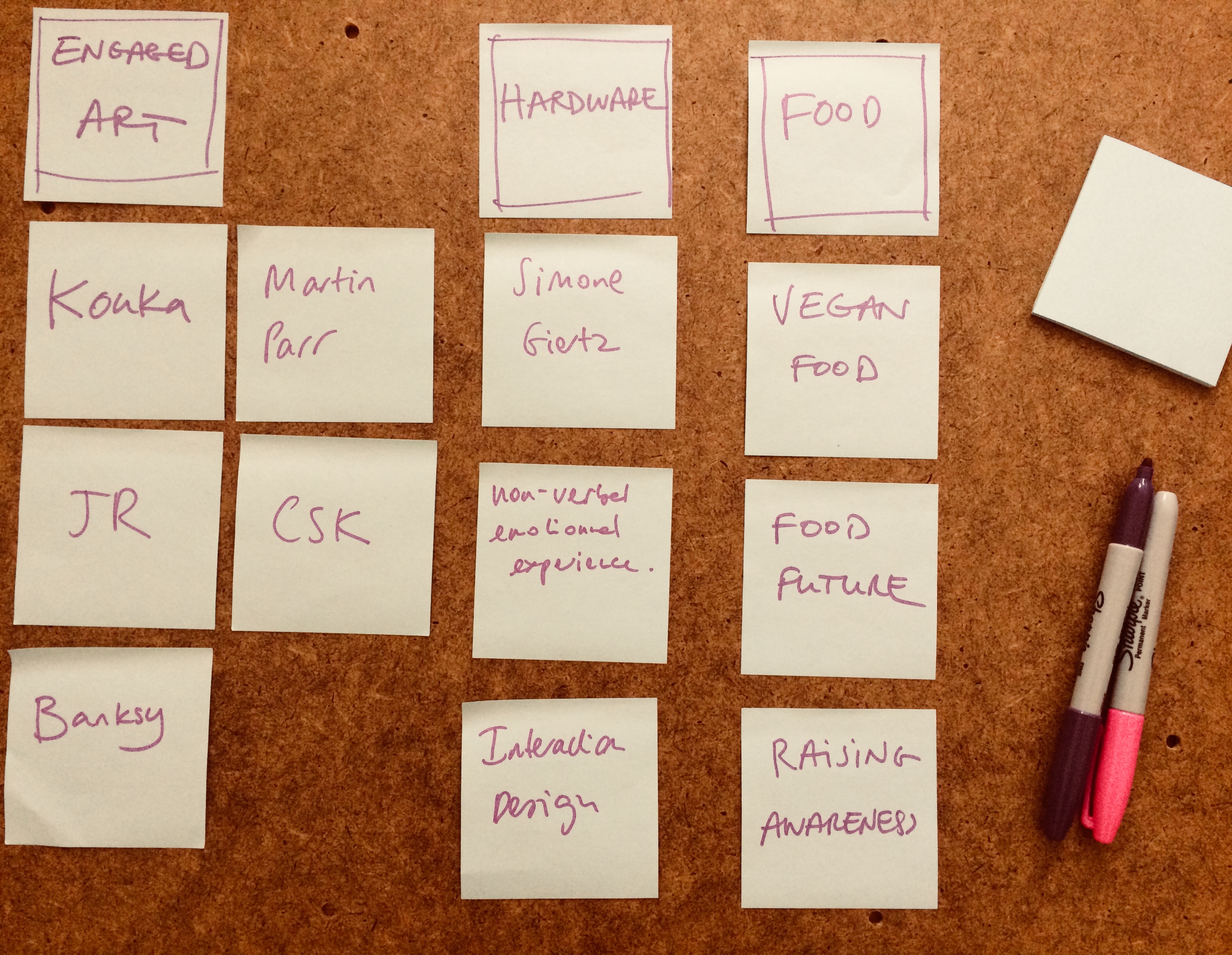
Ideation about key elements I would need in order to thrive during a year as a Adobe Creative Resident
Why now
For the last 4 years, I've been working as an Interaction Designer for tech startups in France, in the US and now in Germany. In the back of my head, I have been dreaming about doing an art project that I would be proud to show to the outside world.
Last February 16th, I was invited to give a talk about Curiosity at Creative Mornings Berlin. And it came full circle when at the end of my talk, Franziska Parschau announced the Adobe Creative Residency and encouraged to apply for it. I first didn't consider it for me. But eventually decided to take this opportunity to put together a dream project anyway.
I couldn't think of a better opportunity than this Adobe Creative Residency to raise awareness about the food we eat in an interactive and artistic way. I'm pumped up by this project and can't wait to make it happen.

